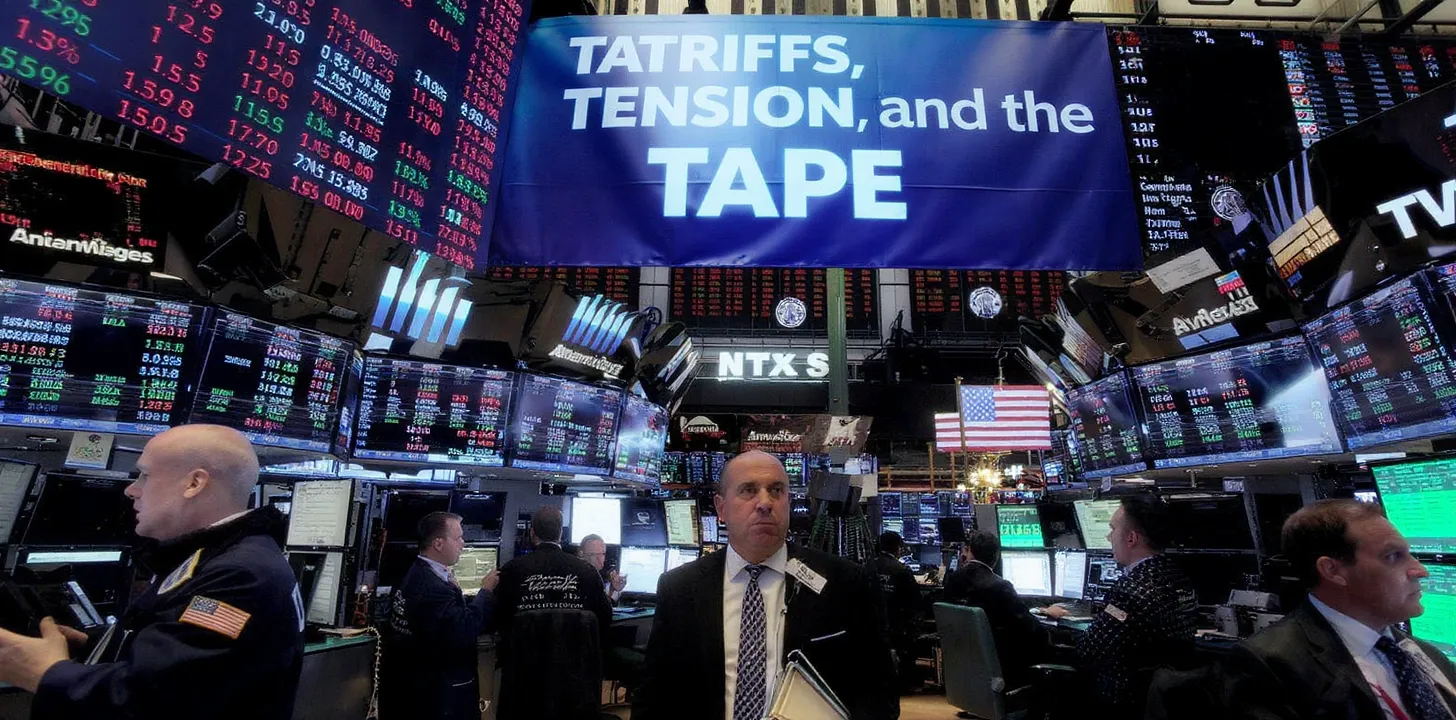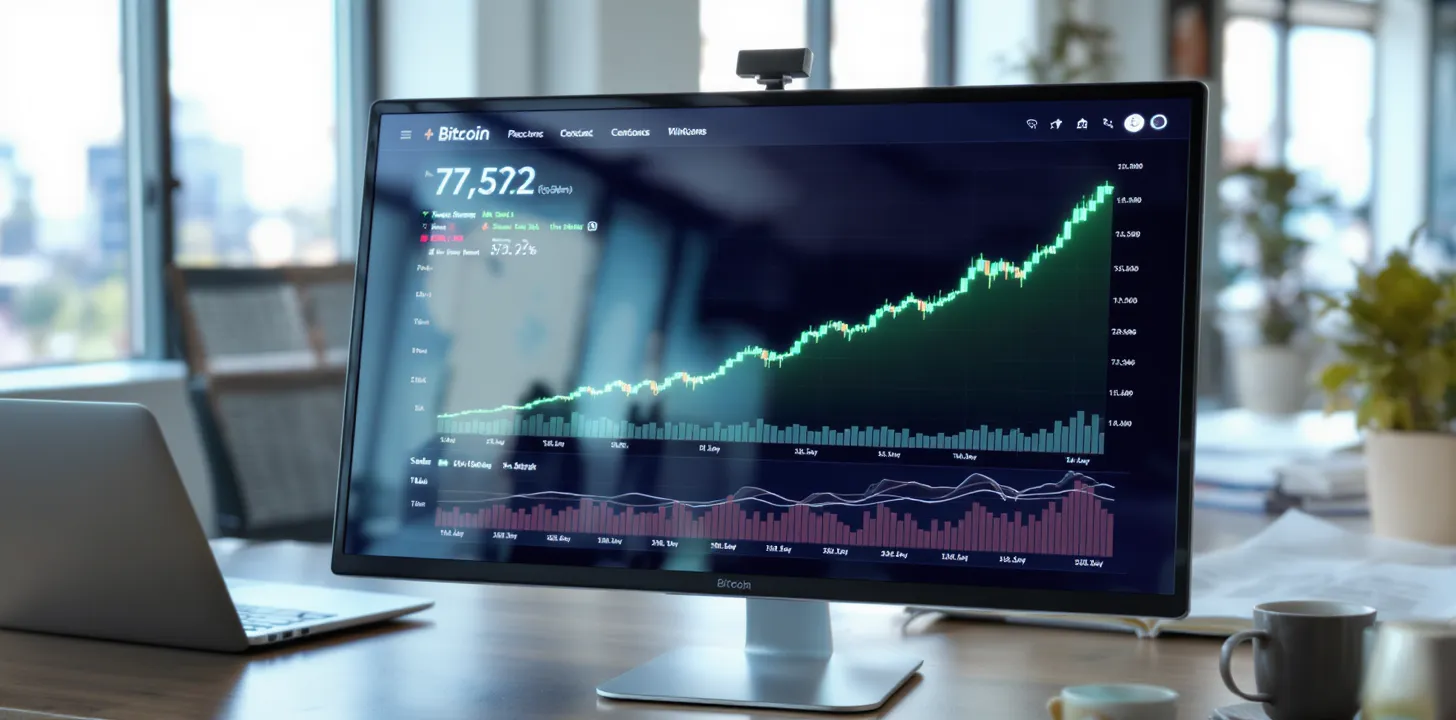Triangulating Opportunity: How Integrating Chart Patterns, Economic News, and Fundamentals Elevates Sector Selection
Overview
Sector picking is rarely about finding the single “perfect” signal. Instead, it is about weaving a multi-threaded thesis that survives different market states. Chart patterns reveal crowd psychology in real time, economic news marks turning points in macro expectations, and fundamental metrics anchor valuation against intrinsic worth. When you fuse all three, you gain triangulation—three independent bearings that plot a higher-probability path to excess returns.
1 | The Three Pillars at a Glance
- Chart Patterns (Technical Lens): Classic formations—triangles, double bottoms, cup-and-handle, or Wyckoff accumulations—compress information about liquidity, order-flow imbalances, and volatility. They act like seismographs detecting the first tremors before momentum accelerates.
- Economic News (Macro Lens): Scheduled releases (PMIs, payrolls, CPI), policy shifts (rate cuts, fiscal stimulus), and geopolitical agreements (tariff reductions) reshape capital-allocation preferences across sectors. The reaction curve—from rumor to event to after-shock—creates identifiable windows of opportunity.
- Fundamental Analysis (Valuation Lens): Balance-sheet resilience, cash-flow consistency, capital intensity, and return on invested capital (ROIC) define whether a sector deserves a premium or discount. Fundamentals tell you if a trend is sustainable once a technical breakout occurs and macro winds shift.
2 | Synergy > Sum of Parts
Example: In early 2025 semiconductor stocks etched an eight-month ascending triangle. The breakout coincided with Washington’s expanded subsidy package (macro catalyst) and a surge in 2026 earnings revisions (fundamental fuel). Traders who looked only at the chart saw a clean entry, but those who triangulated news and valuation recognized structural tailwinds—allowing them to hold through volatility and pyramid positions on pull-backs.
| Lens | Stand-Alone Output | Added Value in Combination |
|---|---|---|
| Chart | Entry/exit timing | Filters false breakouts by cross-checking macro tone |
| News | Narrative catalyst | Pinpoints sectors where technical set-ups matter now |
| Fundamentals | Holding period conviction | Confirms whether price strength is justified |
3 | Framework for Practical Implementation
- Sector Short-Listing (Macro First): Map monthly surprise indices and central-bank outlooks to sector sensitivities (e.g., housing vs. rate paths, industrials vs. trade policy).
- Valuation & Quality Screen: Rank sectors by forward EV/EBITDA, free-cash-flow yield, and dispersion of analyst revisions. Discard sectors where valuation already prices in blue-sky scenarios.
- Technical Trigger Identification: Zoom into sector ETFs or equal-weighted indexes. Mark chart patterns across weekly and daily time frames. Require at least two pattern confirmations (e.g., breakout + retest).
- Integrated Decision Matrix:
- All-Green (macro tailwind, cheap-to-fair valuation, bullish pattern) → High-conviction overweight.
- Mixed (macro neutral, inexpensive, bullish pattern) → Tactical trade with tight stops.
- All-Red → Avoid or short.
4 | Risk-Management Advantages
- Noise Filtration: A scary headline that contradicts fundamentals but is unsupported by price action often marks a contrarian entry.
- Time-Frame Alignment: Fundamentals stretch over quarters, but charts signal inflection within days. Economic news bridges the gap, enabling tiered position sizing: starter allocation on macro surprise, add on technical confirmation, scale with improving earnings.
- Draw-Down Control: If price violates a pattern’s negation point while macro/fundamentals remain intact, reduce but do not exit fully; the thesis may merely be timing-premature.
5 | Behavioral Edge
Combining methods combats single-lens bias. Fundamental investors alone often average down too early; chartists alone can chase late; macro traders alone risk whiplash from data noise. A tri-modal approach disciplines impulse and widens informational breadth—mirroring how multi-factor quantitative models reduce variance.
6 | Future-Proofing the Process
Machine-learning dashboards that ingest natural-language economic news, stream valuation metrics, and overlay live chart-pattern recognition are no longer sci-fi. Building a Bayesian network that updates sector probabilities each time new data feed arrives can automate the triangulation logic described above—turning an artisanal craft into a repeatable edge.
Conclusion
Think of sector selection as navigation. A single compass bearing gets you close; two bearings improve accuracy; three bearings lock in location. Chart patterns, economic news, and fundamental analysis are those bearings. Integrate them, and you convert scattershot ideas into structured, conviction-weighted plays—positioned to capture not just price action, but the story and value behind it.



